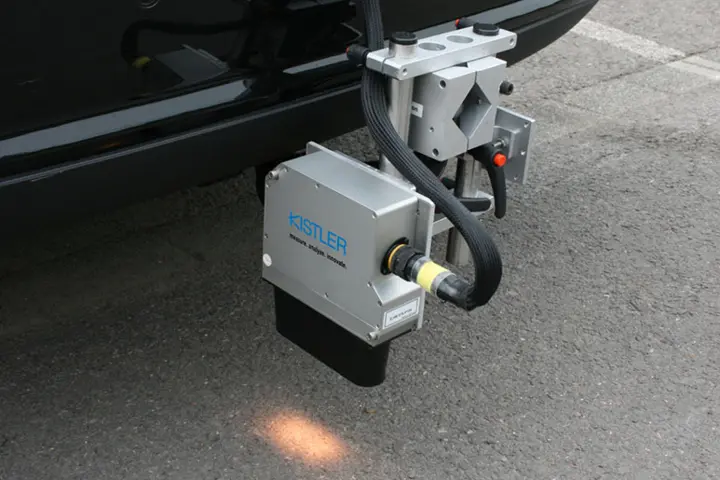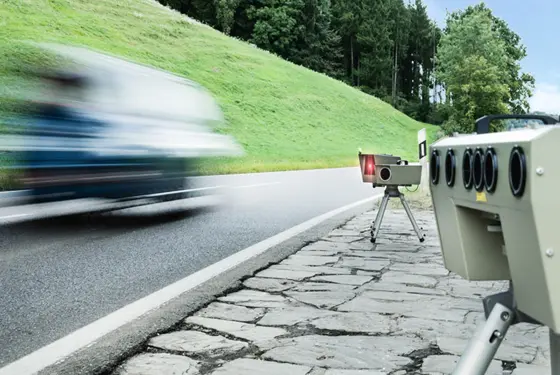What does optical measurement technology mean?
In contrast to tactile measurement technology, optical measurement processes use light for contact-free measurement of the test object’s properties. This technology makes use of the physical principles of absorption and reflection to capture the properties of whole surfaces and not just individual measuring points.







